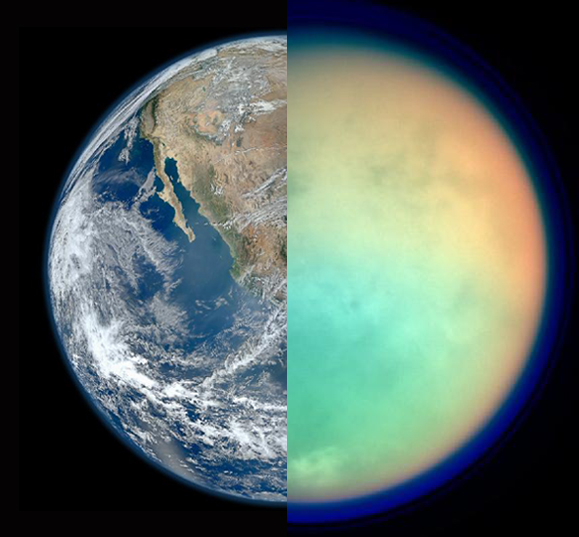Biological Regulation of Atmospheric Chemistry En Route to Planetary Oxygenation
Last week, the third (and most exciting in my book) episode of the haze saga was published.
It all started with some hard work and a great idea by Aubrey Zerkle, which she had while puzzling over data showing correlations between indicators of changes in the carbon cycle with changing atmospheric chemistry. “Methane-producing microbes formed an organic haze on Early Earth” screamed the headlines, while tabloids ran with the more prosaic “Farts of haze before the Great Oxidation Event” (I wish) The correlations in the initial data were admittedly a little on the weak side, but they were there and the story was definitely cool enough to warrant a follow-up. Aubrey and I were very fortunate to obtain funding from NERC to dive into this.
With their support we hired Gaz and, after a while, episode two came out in 2015. There, we confirmed that these weird correlations between sulfur and carbon occurred in pulses at multiple locations across the globe – up to 5 times in the 200 million years preceding the GOE. Cool beans – but what the entire idea was lacking was some sort of driver. What could possibly have caused the Earth to flip-flop between clear skies and a Titan-like organic haze? And why did this only seem to occur in the run up to the GOE?
Episode three involved the highest resolution study ever performed on rocks of this age, but was enabled by a severe annoyance. A broken fork-lift at the coreshed limited our sampling during out trip to Pretoria, which forced us to return to South Africa mid-way through the project. It was on this unplanned return trip that we collected a high-resolution record across one of the carbon/sulfur “wiggles” as we had come to call them. While the initial study had about 5 points across each wiggle, we collected samples every 50 cm over about 100 meters of stratigraphy. After a substantial amount of work (every multiple sulfur isotope measurement requires about 5 hours of time per sample), Gaz (and Ken) produced an exquisite data set, with spectacular correlations between the organic carbon isotopes and multiple sulfur isotopes, occurring over a 20 meter interval. These data points show an abrupt onset of the event, with a smooth continuous transition back to baseline conditions. Gaz was able to estimate this event lasted for well over 100,000 years, and possibly as a long as one million years.
Taken together, the best way we found to explain our data is biological. Oxygenic photosynthesis was evidently producing O2 locally at this time, but it was all consumed in the water column and had not yet leaked into the atmosphere. We surmise that a large and sustained pulse of nutrients from some ancient tectonic event, dramatically enhanced primary productivity in the basin. In sediments, a fair amount of decaying organic matter is always converted to methane, but this is normally eaten by other microbes performing methanotrophy or other methane-oxidation processes coupled to sulfate-reduction. However, the historically low sulfate concentrations in the Neoarchean, enabled substantially higher methane fluxes than ever before, eventually tipping the atmosphere into a hazy state. Feedbacks within the coupled chemistry/climate/biological systems maintained this hazy state for a substantial amount of time. To top it off – Gaz made some interesting ties into the evolution of atmospheric chemistry. These periods of enhanced methane concentration would have promoted substantial hydrogen escape to space – a key mechanism for planetary oxidation. Somewhat paradoxically, these burps of biogenic methane leading to haze may have played a role in accelerating the timing of the great oxidation event!
